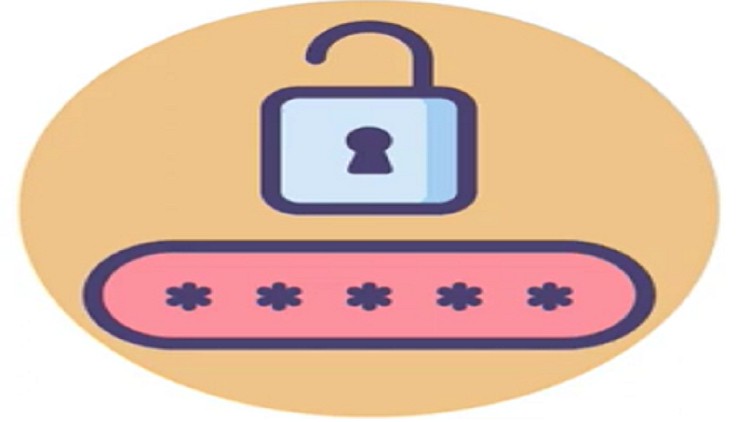CyberArk Certification - Defender & Sentry Practice Exam

Why take this course?
Given the breadth of tasks you've outlined, we'll break this down into sections to address each area systematically. Let's tackle the installation and deployment of the Password Vault Web Access (PVWA), Central Policy Manager (CPM), Privileged Session Manager (PSM), PSM for SSH, and configuring integrations first, followed by performance tuning and deployment on a public cloud.
Deploy the Password Vault Web Access (PVWA)
-
Installation of the First PVWA
- Prepare the Windows Server: Install prerequisites like IIS, .NET Framework, and SQL Server. Apply all necessary security patches and updates. Configure the server to meet best practices for hardening.
- Follow the installation guide provided by BeyondTrust to install PVWA. This typically involves running an MSI file and configuring settings during the installation process.
-
Installing Additional PVWAs
- For additional PVWAs, you would follow a similar process as the initial installation but can use the existing database or add a new one. Ensure that you configure each PVWA to balance the load and avoid single points of failure.
-
Environment Evaluation and Placement
- Assess the customer's network infrastructure, user load, and geographic distribution to determine the optimal number of PVWAs and their placement for performance, availability, and security.
-
Hardening a PVWA Server
- Apply all relevant security patches and updates to the server.
- Configure SQL Server to minimize attack surfaces.
- Implement firewall rules to restrict access to the necessary ports only.
- Use SSL/TLS for encrypting data in transit.
- Regularly review and update security configurations based on new vulnerabilities and threats.
Deploy the Central Policy Manager (CPM)
-
Hardening a CPM Server
- Similar to PVWA, apply all relevant security patches and updates.
- Configure Windows Firewall to allow only required traffic.
- Harden SQL Server and any other services running on the server.
-
Installing the First CPM
- Prepare a Windows Server with the necessary prerequisites.
- Install CPM, which includes both the Central Policy Manager and the Password Reporter components.
- Configure the CPM to connect to the database that will store the policies.
-
Installing Additional CPMs
- For additional CPMs, you can set them up in a cluster for failover or distribute the workload across multiple servers. Each additional CPM should be installed with its own instance of the database or connected to an existing one.
-
Renaming a CPM
- Use the CPM Administrator console to change the server name and update the server configuration files as required.
-
Environment Evaluation and Placement
- Determine the number of CPMs needed based on the size and complexity of the customer's environment, policy enforcement requirements, and desired levels of redundancy and performance.
-
Fault Tolerant Architecture Components
- Implement clustering for both the database and application tiers.
- Use load balancers to distribute traffic and provide failover capabilities.
- Plan for regular backups and test disaster recovery procedures.
-
Distributed Architecture Components
- Consider geographic distribution of CPMs to comply with data sovereignty laws and provide better performance for distributed users.
- Use regional load balancers and ensure data replication between regions.
Deploy the Privileged Session Manager (PSM)
-
Installing the First PSM
- Prepare a Windows Server with the necessary prerequisites, including a supported version of SQL Server.
- Install PSM, which includes both the PSM Gateway and the PSM Console.
-
Installing Additional PSMs
- For additional PSMs, consider setting up a load-balanced environment to handle multiple concurrent sessions and provide redundancy.
-
Environment Evaluation and Placement
- Assess the number of users, session types, and session frequency to size the PSM environment appropriately.
-
Hardening a PSM for SSH Server
- Secure the server hosting the PSM for SSH by applying security patches, configuring the firewall, and implementing additional security measures like intrusion detection/prevention systems.
Configuring Integrations
-
SSO and Directory Services
- Integrate with existing identity providers for Single Sign-On (SSO) capabilities.
- Configure directory services for user management and authentication.
-
Third-Party Applications
- Integrate PSM with third-party applications as needed for automated session provisioning, SSH key management, and other privileged access use cases.
-
Alerting and Reporting
- Configure alerting and reporting within CPM to monitor privileged sessions and generate reports for compliance and auditing purposes.
Performance Tuning
-
Server Sizing
- Evaluate the performance metrics of existing servers to determine the required specifications for new servers or upgrades.
-
Configuring Settings
- Adjust settings such as Allowed Safes, concurrent sessions, and session timeout policies based on usage patterns and security requirements.
-
Public Cloud Deployment
- Choose the appropriate cloud provider and service model (IaaS, PaaS, etc.).
- Follow best practices for cloud security and management, including network configuration, instance sizing, and key management.
- Consider cost reduction strategies such as auto-scaling, reserved instances, and spot instances where appropriate.
-
Cost Reduction Strategies
- Optimize resource usage to reduce unnecessary costs.
- Use monitoring tools to track performance and cost, and adjust resources accordingly.
-
Key Management Considerations
- Manage cloud credentials securely.
- Implement role-based access control (RBAC) for cloud resources.
By following these steps, you can successfully install and deploy the PVWA, CPM, PSM, and PSM for SSH, configure necessary integrations, optimize performance, and set up a robust environment in a public cloud. Remember to regularly review and update your configurations to maintain security and performance standards as threats evolve and new features become available.
Loading charts...